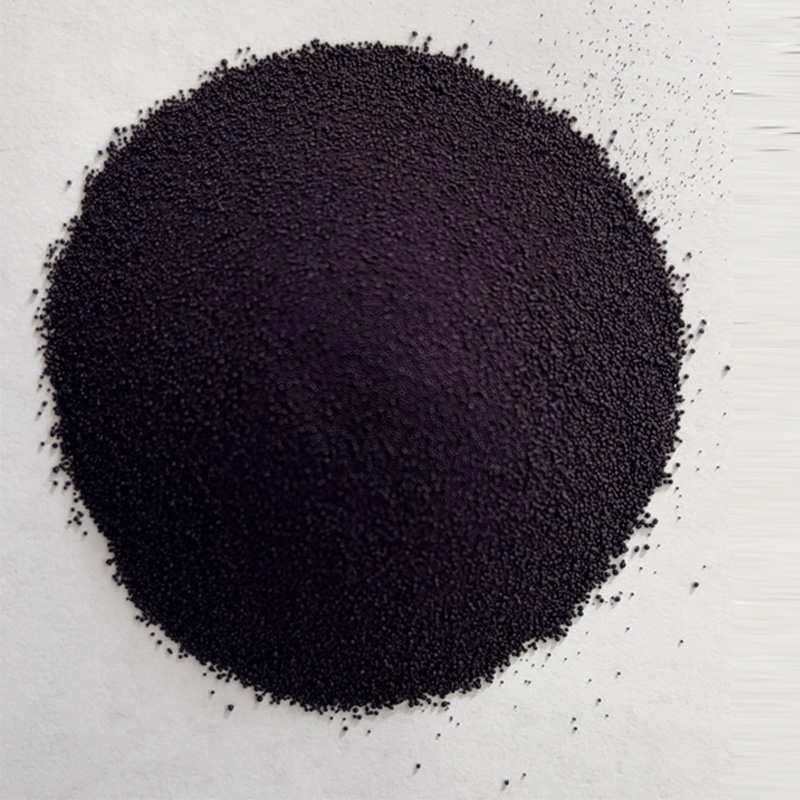setting indigo dye
The Art and Science of Indigo Dyeing A Journey through History and Culture
Indigo dyeing is a fascinating and intricate art form that has been practiced for thousands of years, spanning various cultures and continents. The rich history of indigo dye can be traced back to ancient civilizations, and the process of extracting the dye has been refined and celebrated across the globe. This article delves into the setting of indigo dyeing, exploring its cultural significance, traditional methods, and contemporary applications.
Indigo, derived from the plant species Indigofera, has long been valued for its deep blue hue, which is often associated with wealth, power, and spirituality. The use of indigo dates back to around 2000 B.C. in regions such as India, Egypt, and China. In these early civilizations, indigo was not merely a color but a symbol of status and prosperity. Ancient Egyptians used indigo dye to color garments for mummies, while in India, it became an integral part of the textile industry, forming the basis for elaborate handwoven fabrics.
The process of indigo dyeing is both an art and a science, relying on a complex interplay of biology, chemistry, and craftsmanship. The most traditional method of dyeing involves extracting the indigo pigment from the leaves of the Indigofera plant. This is achieved through a fermentation process, where the leaves are soaked in water and allowed to ferment over several days. The resulting liquid, rich in indigo, is then aerated, causing the indigo to precipitate out. The sediment is collected, dried, and can be powdered into a dye known as 'indigo cake.'
Once the dye is prepared, the dyeing process begins. Traditionally, fabrics such as cotton and silk are dyed using a method called vat dyeing. The fabric is first soaked in a solution of the indigo dye, which appears greenish due to the oxidation process. As the fabric is exposed to air, the dye reacts to oxygen, turning into the vibrant blue that indigo is celebrated for. This process can be repeated several times to achieve deeper shades of blue. The artistry lies not only in mastering the techniques but also in understanding the nuances of fabric and dye interaction.
setting indigo dye

Culturally, indigo dyeing holds profound significance across various societies. In Japan, the art of 'shibori,' a form of tie-dyeing techniques, has been intricately linked with indigo dyeing for centuries. Using methods of folding, twisting, and binding, artisans create stunning patterns and textures, transforming the dyeing process into a visual art. Similarly, in Africa, indigo is often used in traditional textiles, with each design telling a story or representing the identity of a community.
In recent years, there has been a resurgence of interest in natural dyes, including indigo, driven by a growing awareness of sustainable practices in fashion and textiles. Many designers and artisans are returning to traditional dyeing methods, valuing the environmental benefits and the unique qualities that natural dyes offer. The push towards sustainability contrasts sharply with the synthetic dyes that have dominated the textile industry for decades, often causing harmful environmental impacts.
Moreover, indigo dyeing has found its place in contemporary fashion, with designers incorporating hand-dyed fabrics into modern collections. This fusion of traditional techniques with modern aesthetics not only honors the historical significance of indigo but also educates consumers about the value of craftsmanship and sustainability in fashion.
The art of indigo dyeing is a captivating journey that intertwines history, culture, and science. As we celebrate its rich legacy, it serves as a reminder of the importance of preserving traditional crafts in an increasingly industrialized world. By embracing and supporting the use of natural indigo dye, we can honor the artisans who have passed down their knowledge through generations while contributing to a more sustainable and ethical fashion industry. Each piece dyed in indigo carries with it a story, reflecting the beauty and complexity of human creativity and tradition.
-
Sulphur Black Dyes in Daily Use
NewsMay.07,2025
-
Indigo Dyeing for Daily Life
NewsMay.07,2025
-
Indigo Dye Production and Its Growing Demand
NewsMay.07,2025
-
Color That Lasts
NewsMay.07,2025
-
Bromo Indigo for Modern Use
NewsMay.07,2025
-
Blue From Nature
NewsMay.07,2025
-
The Timeless Color in Fashion and Textiles
NewsApr.10,2025

Sulphur Black
1.Name: sulphur black; Sulfur Black; Sulphur Black 1;
2.Structure formula:
3.Molecule formula: C6H4N2O5
4.CAS No.: 1326-82-5
5.HS code: 32041911
6.Product specification:Appearance:black phosphorus flakes; black liquid

Bromo Indigo; Vat Bromo-Indigo; C.I.Vat Blue 5
1.Name: Bromo indigo; Vat bromo-indigo; C.I.Vat blue 5;
2.Structure formula:
3.Molecule formula: C16H6Br4N2O2
4.CAS No.: 2475-31-2
5.HS code: 3204151000 6.Major usage and instruction: Be mainly used to dye cotton fabrics.

Indigo Blue Vat Blue
1.Name: indigo blue,vat blue 1,
2.Structure formula:
3.Molecule formula: C16H10N2O2
4.. CAS No.: 482-89-3
5.Molecule weight: 262.62
6.HS code: 3204151000
7.Major usage and instruction: Be mainly used to dye cotton fabrics.

